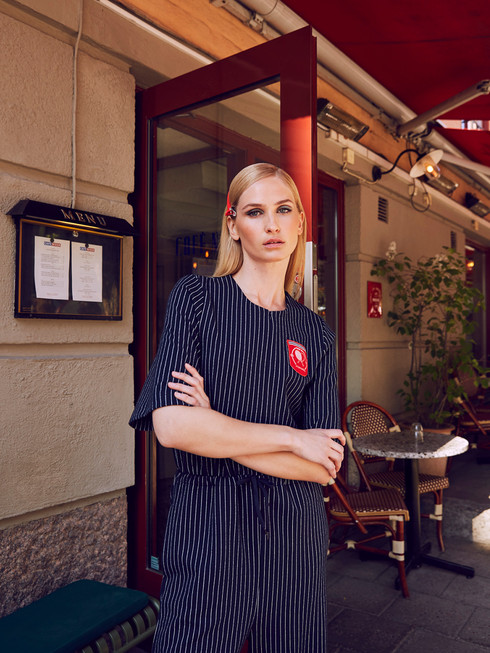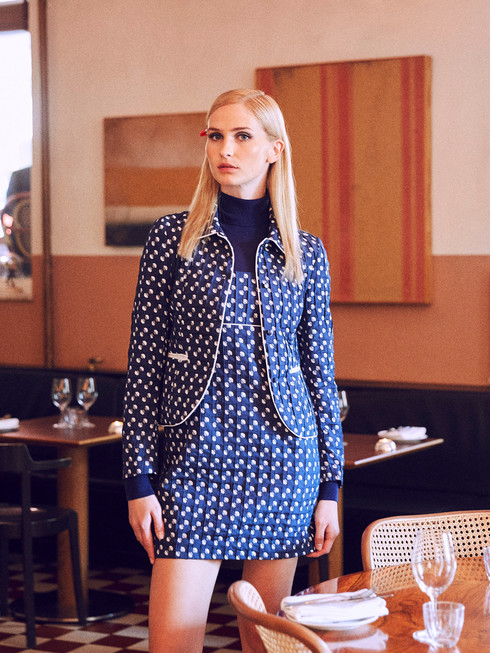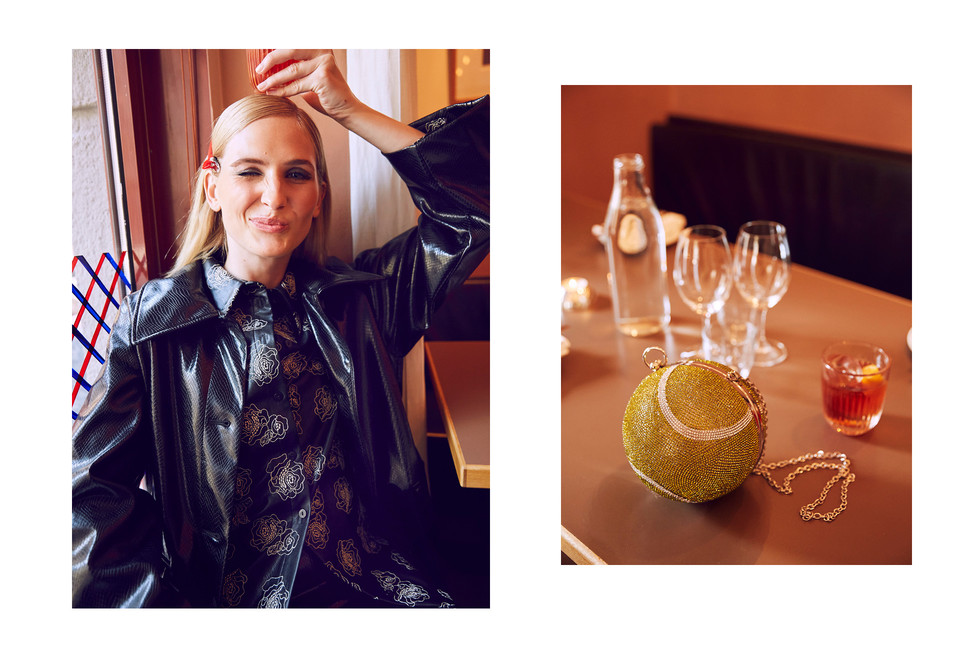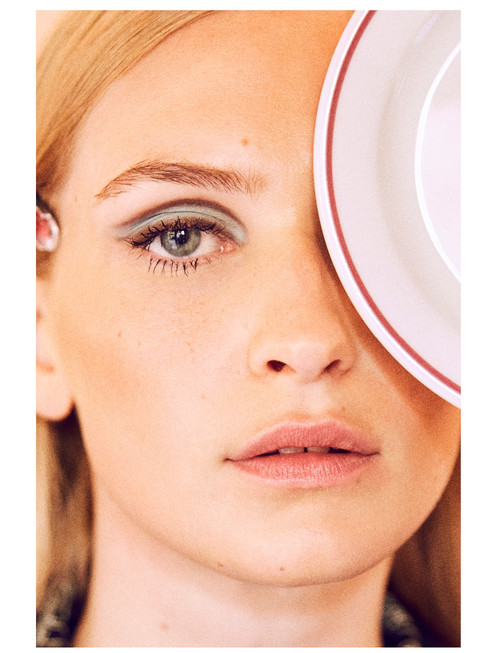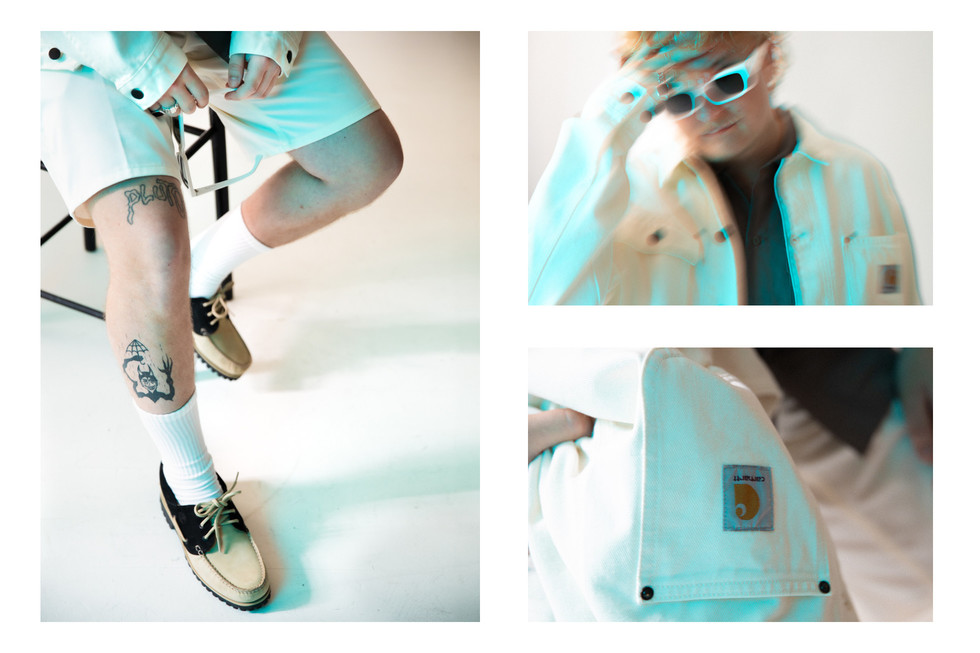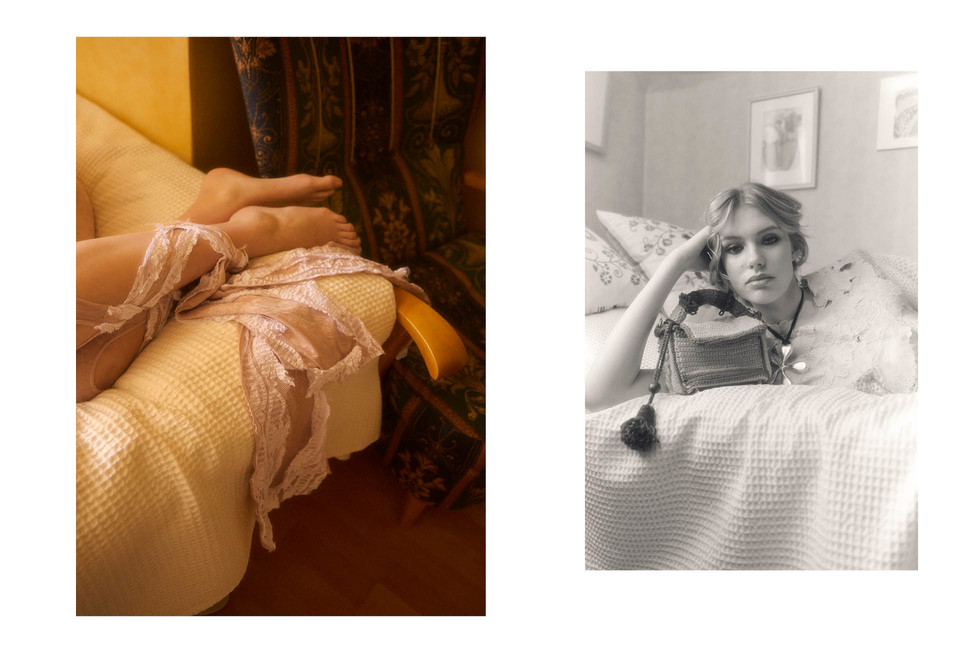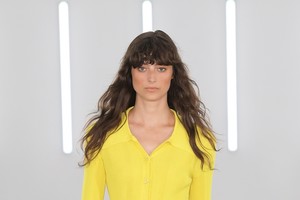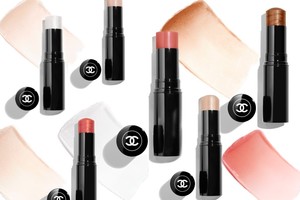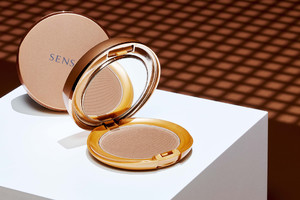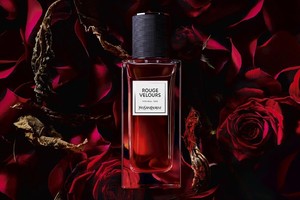Exploring the boundaries of Scandinavian fashion: a conversation with Baum und Pferdgarten
Written by Natalia Muntean by Ulrika Lindqvist“From the very beginning, we were captivated by each other's work and continued to hold admiration for it,” they say. Quintessentially Danish, Baum und Pferdgarten has established itself as one of the most popular and distinguishable clothing brands in Scandinavia. With its name honouring the collaboration between Rikke Baumgarten and Helle Hestehave, the brand was born in 1999, after the two designers met at the Royal Danish Academy of Fine Arts in Copenhagen. The two shared passion and vision, while also staying true to their different aesthetics, a detail that “complemented each other very well.” Their debut collection received positive reactions at Copenhagen Fashion Week and “gained attention for its unique style, combining vintage-inspired designs with contemporary twists.”
Helle’s attention to detail and sporty, masculine aesthetic find expression in tailored, monochrome silhouettes in navy, grey, and black. Rikke, on the other hand, adds drama and opulence to the equation. “I embody elements like puffs, ruffles, and embellishments,” she explains. Their distinct design approaches result in a quirky and harmonious fusion. By bouncing ideas off one another, while remaining united by their shared dedication to the craft, Helle and Rikke leverage each other's strengths to create a cohesive vision and shape collections that transcend norms.
NM: How do you deal with disagreements in visions when working on a new collection?
Baum und Pferdgarten: When we stumble upon disagreements, which is very rare, we believe in open and respectful communication to find a resolution. We value each other's perspectives and understand that creative differences can often result in an even more creative outcome.
NM:How would you describe the Baum und Pferdgarten woman?
Baum und Pferdgarten: We wouldn't say that there is one specific Baum und Pferdgarten woman. We design for all women to be able to express themselves with our clothes in different ways. But overall, we would describe her as someone who is grounded in herself, curious and strong - someone who never fears standing out. This woman would be a mix of the two of us: she is effortlessly sporty one day and the next day she craves a dramatic, fun look.
NM: If you had to design an outfit inspired by a famous painting or piece of artwork, which one would you choose and how would you interpret it?
Baum und Pferdgarten: This sounds like a good idea for a future collection, let’s do it!
NM: In your opinion, what defines a typical Scandinavian style, and how does Baum und Pferdgarten align with or deviate from that definition? Are there any distinct design elements or principles that reflect the Scandinavian design heritage in your collections?
Baum und Pferdgarten: Minimalism is symbolic for Scandinavian fashion, we of course love the straight lines in silhouettes and the understated elegance, but we have always liked to bring fun and unexpected elements. However, throughout the last 15 years, Scandinavian fashion has evolved into being more than just minimalistic. It now stands more for expression and thinking outside the box, which we of course LOVE.
NM: How do you prioritise functionality and comfort while maintaining a sense of fashion-forwardness and creativity in your designs? Can you share any examples of how this balance is achieved in your latest collection?
Baum und Pferdgarten: We often draw inspiration from the world of sports, it adds to the comfort element and functionality of the styles. In previous collections, we closely took inspiration from sports such as swimming, hiking, jockeys, and skiing. In this AW23 collection we took inspiration from Chas Tenenbaum’s passion for tennis and created our tracksuits and jumpsuits. They are a perfect mix of fashion forward thinking and functionality. Including sportswear influences lets us add a unique twist to the overall atmosphere of the collection, which ensures that our pieces never become “just” costumes. We always consider that the styles are nice to wear, not only in their appearance, but also in the comfort they bring to the wearer.
NM: How do you approach designing fashion for “real people living real lives”? What are some considerations or principles that guide your design process to ensure that your pieces are wearable and practical for everyday situations?
Baum und Pferdgarten: As we mentioned before, we are prioritising comfort, versatility, and quality materials. Our pieces are suitable for everyday situations, but we want you to be able to transition seamlessly between occasions. We want our pieces to be able to be worn from work and straight to dinner parties.
Copenhagen is famous for having a lot of bikes. So, sometimes to try out the designs we jump on a bike and cycle around the block to make sure the clothes are “bike-friendly”.
NM: What was the inspiration behind your latest collection? Can you share any specific influences or references that shaped your designs?
Baum und Pferdgarten: The AW23 collection we showed during Copenhagen Fashion Week this February is inspired by Wes Anderson’s film The Royal Tenenbaums and it explores the iconic style of each character from the movie. The influence that Wes Anderson’s films has had on the fashion world is well documented, as his precise colour palette, memorable locations and intricate details are rich with inspiration. This collection delivers outfit classics that are now timeless, such as Margot Tenenbaum’s long mink coat and tennis dress combination, Chas Tenenbaum’s red tracksuit and Richie Tenenbaum’s tennis-wear-made-formal look. But it’s also exploring the character’s stories, dysfunctions and quirks.
NM: Can you share any upcoming projects or collaborations that further explore the intersection of Scandinavian design, functionality, and fashion? What can we expect from Baum und Pferdgarten in the future?
Baum und Pferdgarten: We are so excited for our show this summer, and to show all of you our SS24 collection!

